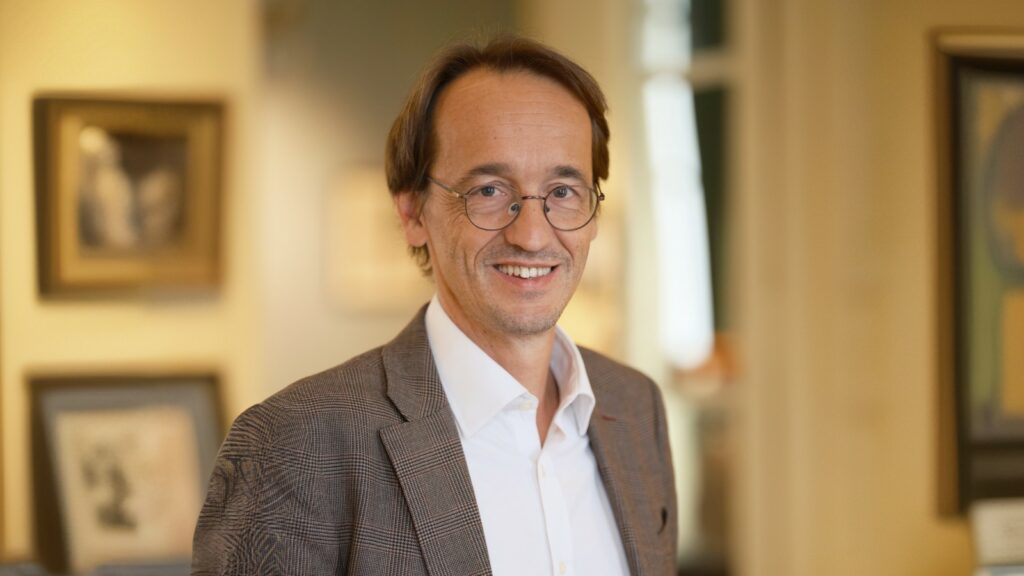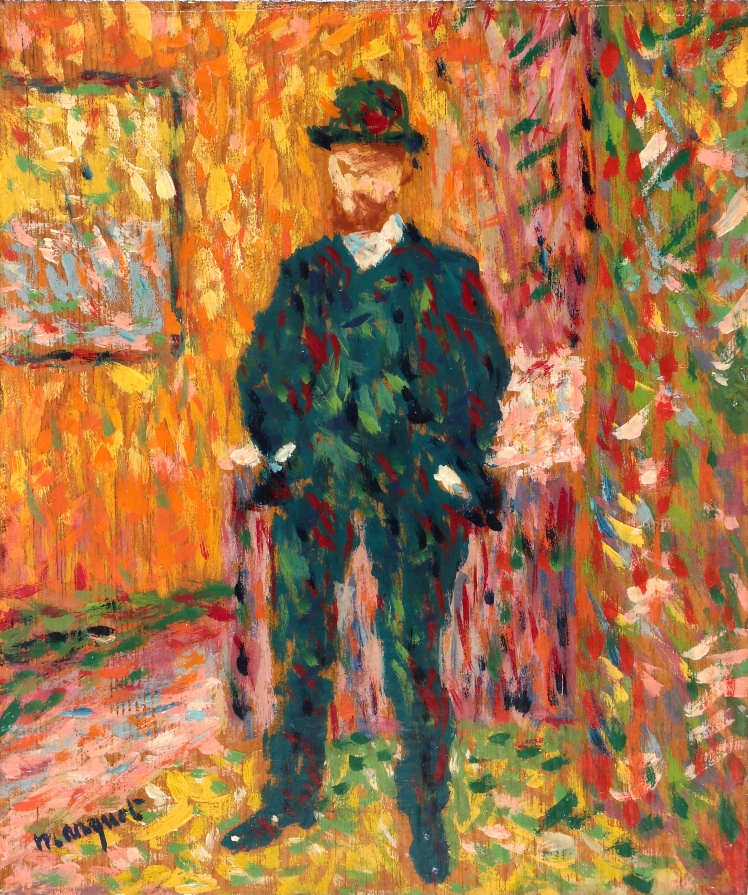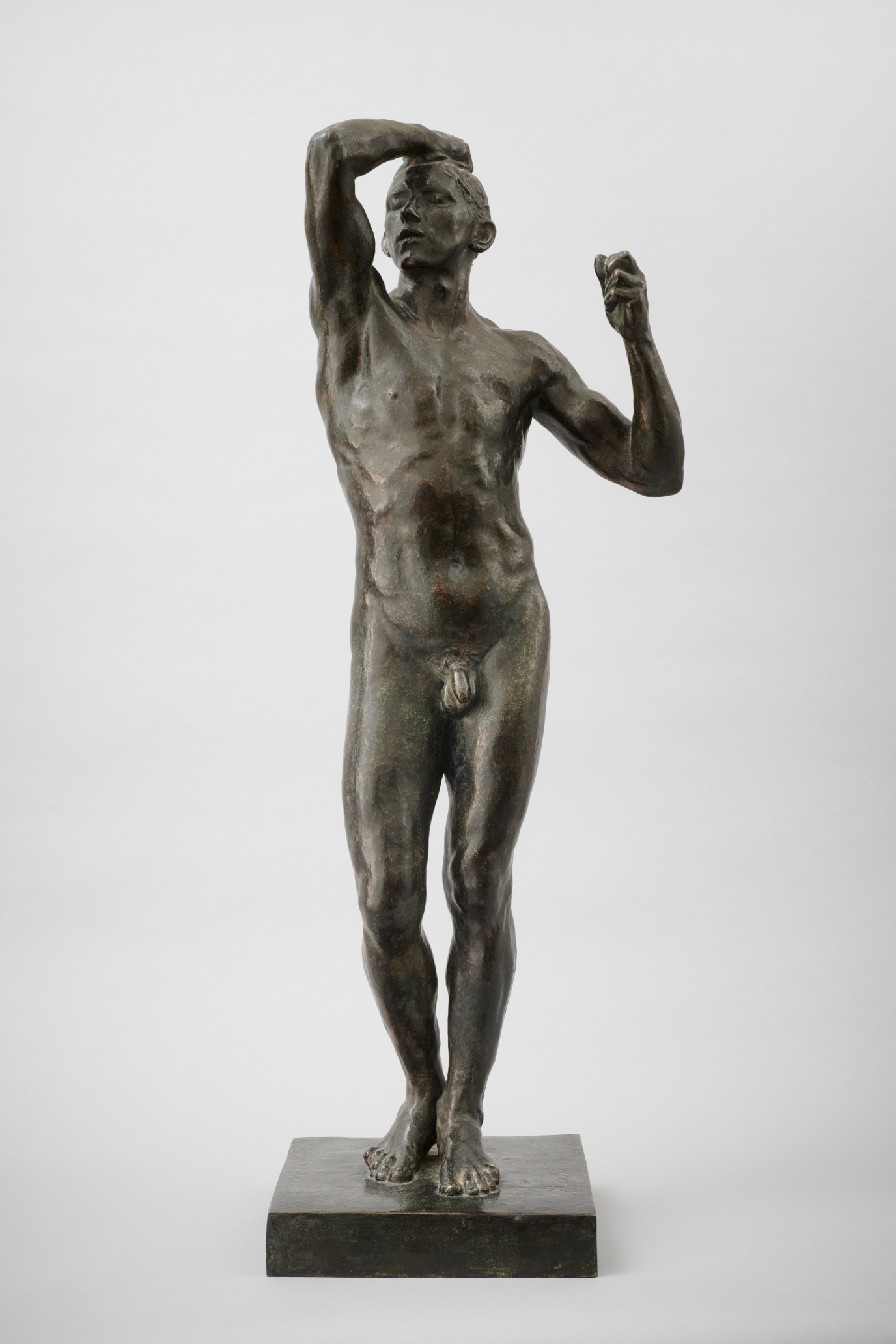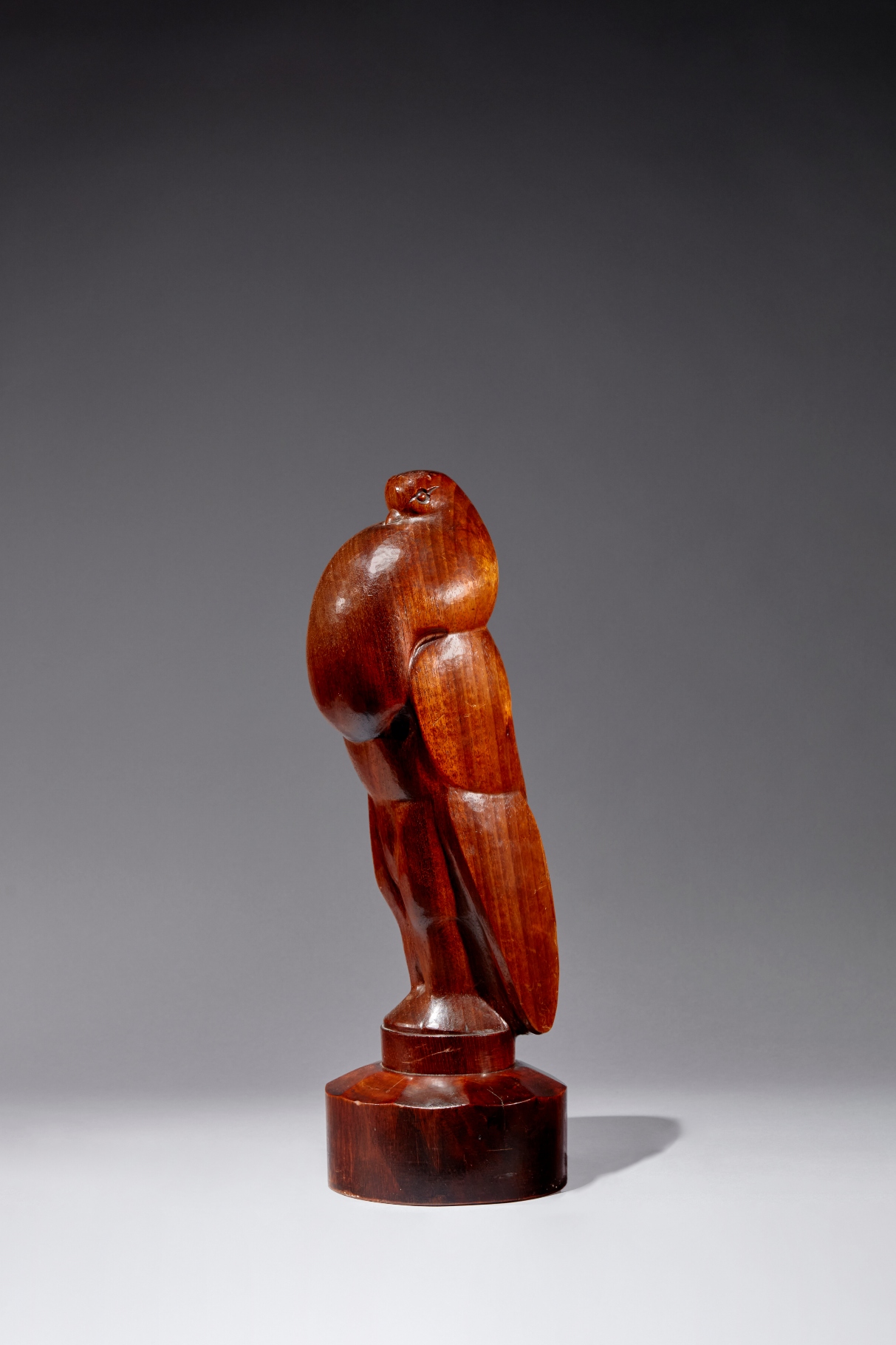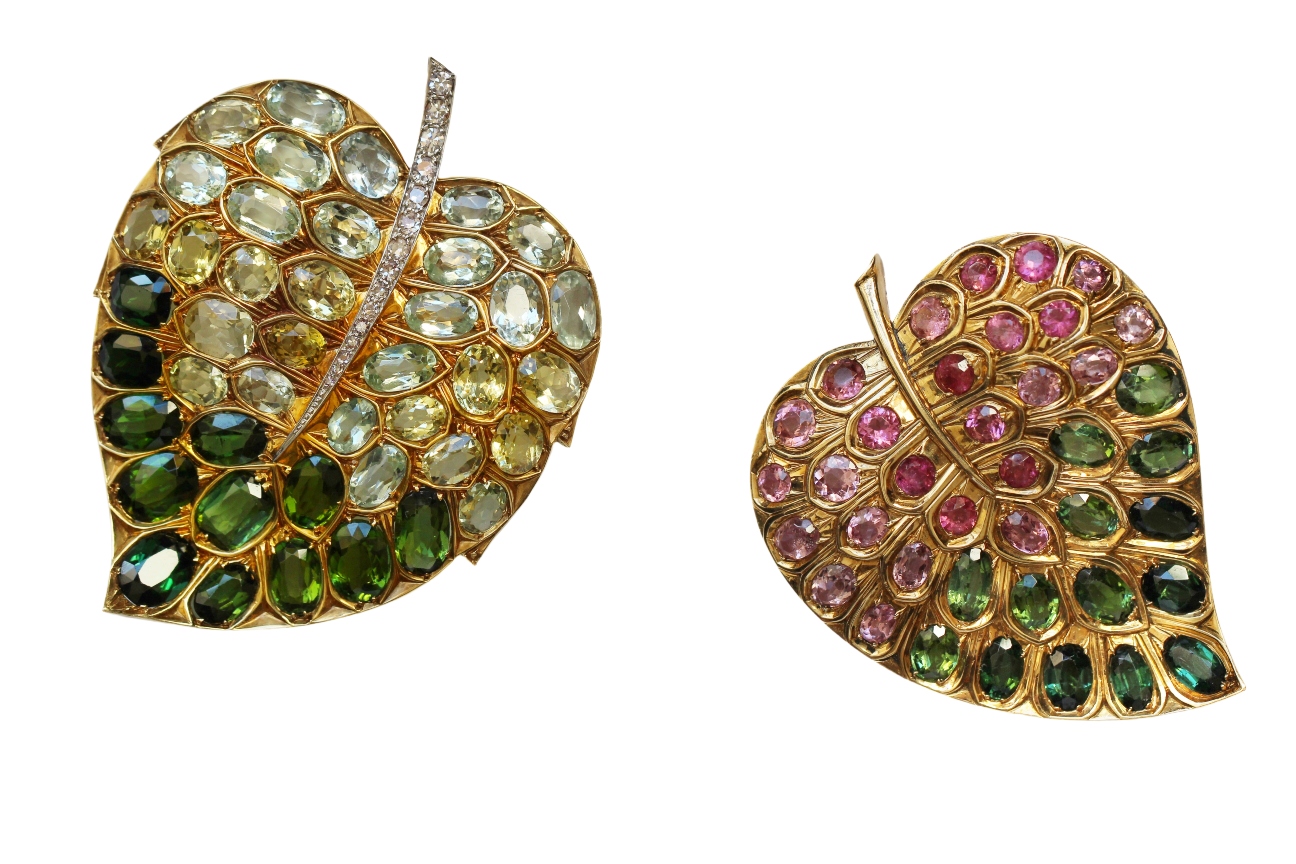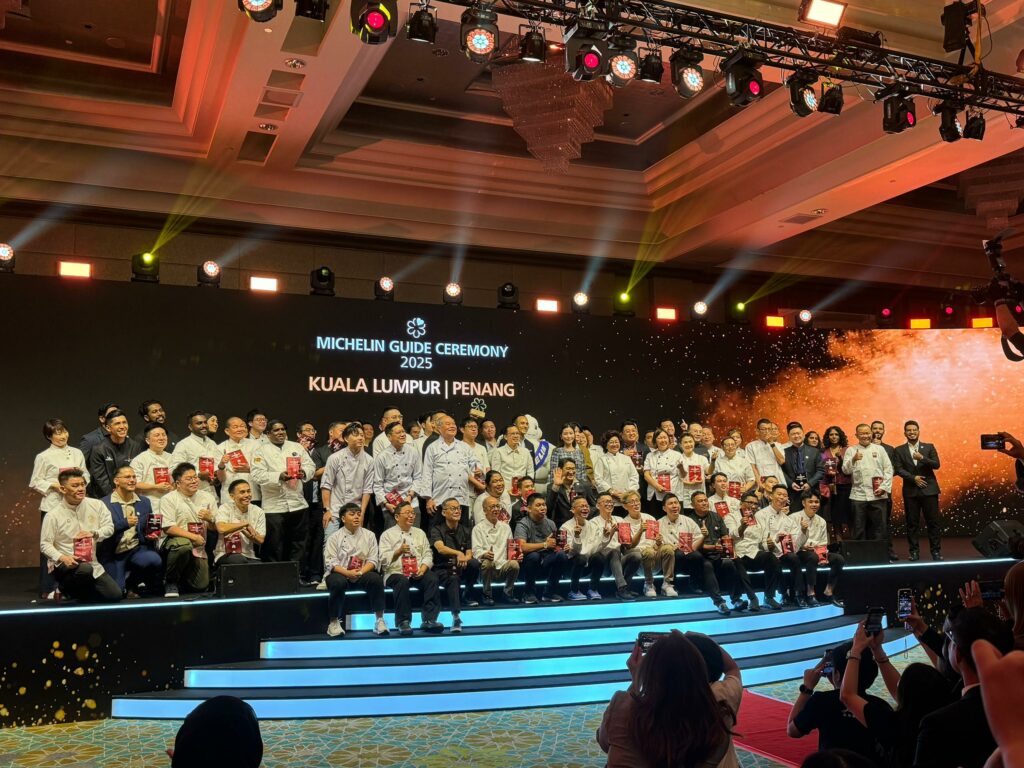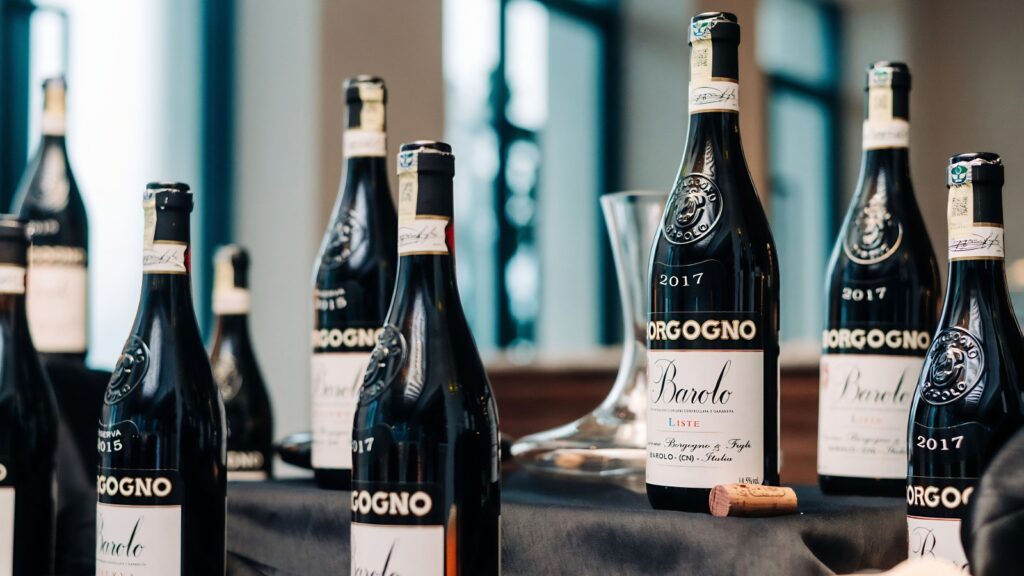“It’s our responsibility to keep the appreciation of Old Master drawings alive,” Louis de Bayser says with feeling. A distinguished figure and a trusted name in the global art market, de Bayser comes from a century-long lineage of art dealers, bridging scholarly depth with an astute understanding of art across varied periods. Parisians and locals alike might be familiar with Galerie de Bayser, housed in a historic 17th-century townhouse on Rue Sainte-Anne, just a stone’s throw away from the Palais-Royal. The building was converted into a stalwart institution by Louis’ grandparents, Patrick and Rose-Anne de Bayser, in 1936, and had been in the hands of his parents, Bruno and Thérèse Bayser, since the 1960s.
After completing his business studies and various other pursuits, de Bayser decided to join the family business. In 1998, he took over the gallery with three of his brothers (he is one of 11 siblings). Over the years, de Bayser has been integral in advocating for the creative discipline, cultivating international regard, and championing rising artists. Today, he holds the position of president at both the Salon du Dessin and the Fine Arts Biennale (FAB) Paris, making him an essential conduit within the art community.
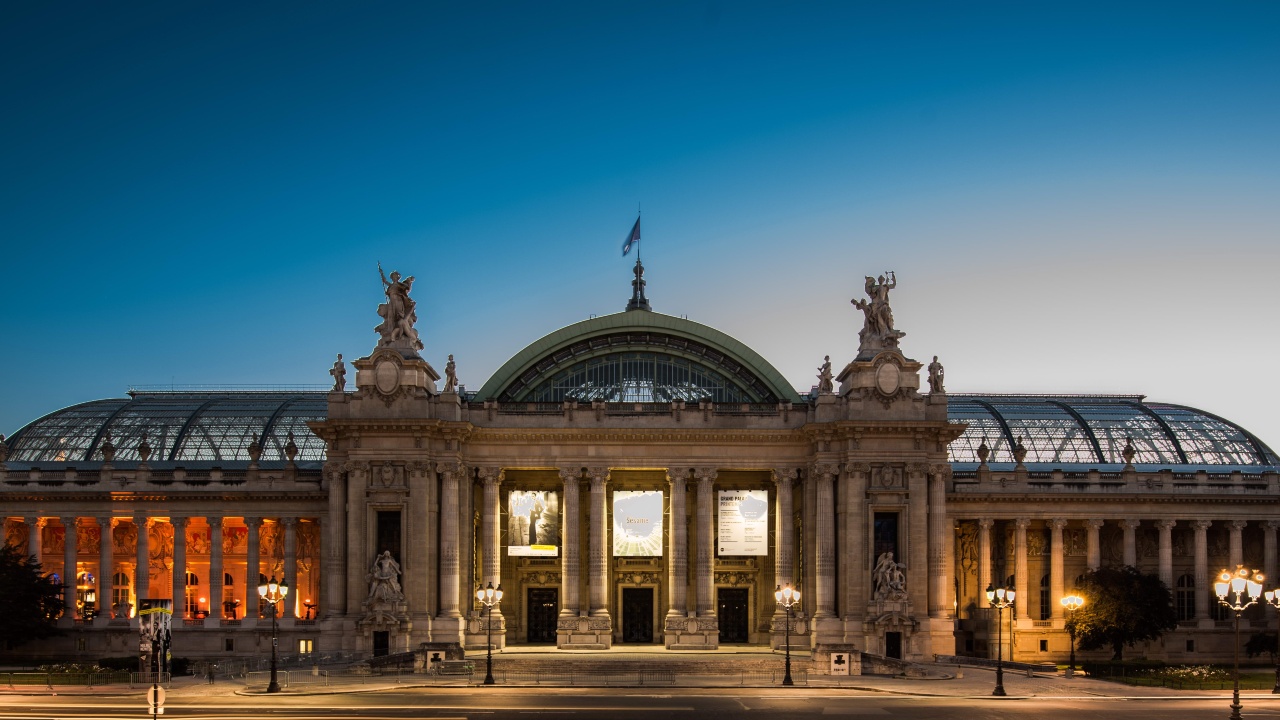
With FAB Paris 2024 fast approaching—it opens on 22 November—Louis and his industrious team are putting together the final touches on this grand art fair. The international showcase at Grand Palais is set to feature an exceptional mix of antiques, fine arts and jewellery from more than 100 respected galleries from France and beyond. For Louis, “this role holds a deeper purpose than just a task or mission”.
What’s the key behind your family’s longevity and success in the art world?
My family has always been involved in the fine arts industry. When I returned from my military assignment in Laos, I decided to carry on our family’s specialty in Old Master drawings—a field that is now a passion shared between my brothers and me. It’s not just a commercial venture; it’s also something we’ve all loved and have been surrounded by since childhood. That said, it’s also an organisation that needs to be profitable to sustain us, so balancing our passion with the practical demands of running a gallery is crucial.
Did you always envision yourself in this line of work?
It wasn’t something I was certain about from the beginning. I found it overwhelming to take on this huge responsibility. I considered several career paths and even completed a brief apprenticeship in the banking sector. My parents didn’t want us to feel obligated to join the gallery; they encouraged us to pursue general studies and keep our options open.
View more works of art
When you and your brothers took over the gallery in 1998, what challenges did you face as the new generation taking charge?
Our parents never pushed us, but we set high expectations for ourselves to ensure that the gallery’s legacy would continue. It’s been difficult encouraging the next generation to take an interest in the gallery. We want to attract newcomers to continue the heritage, but it’s a delicate balance—we can’t be too insistent, as that can often have the opposite effect. Inspiring genuine interest is key, but it’s not that easy. The other big challenge is finding the right works and approach to successfully buy or secure consignments of high-quality pieces. It’s becoming increasingly gruelling to source these valuable artefacts.
What is it about Old Master drawings that continues to captivate you in an age where contemporary art is progressively dominant?
It’s true that contemporary art has gained significant importance in the global art market, while Old Master drawings have become less prominent than they once were. However, there are still passionate collectors and illustrious museums dedicated to this genre. Over the past 15 years, the art market has experienced substantial growth, largely driven by contemporary art. Although the overall value has doubled, the rise has not come at the expense of Old Master drawings. Without buyers, the market stagnates, but it can also suffer if there are no quality pieces to sell. So, part of our role is to promote these drawings and keep the market vibrant.
How does a typical day look for you?
My day begins with a good breakfast. I take my kids to school and head to the gallery. My mornings are focused on the business side of things, like handling expenses and other financial tasks. Around 11am every day, we visit Hôtel Drouot, where daily auctions take place. It’s a hub for the art market, with a wide range of items, including modern and contemporary furniture, paintings and sculptures. In the afternoons, we focus on research. We spend time trying to find and authenticate drawings, as they are often unsigned. They all require a detailed research process, and we have an extensive library with tens of thousands of books to help with this. Every day is different, depending on what we come across.
If you were to commission a portrait of yourself, which artist—past or present—would you choose to paint it?
There’s a lot of great artists that I really admire, but I would choose Pablo Picasso and French female artist Françoise Pétrovitch.
What’s your greatest achievement?
My children.
What’s your favourite travel destination?
I love to travel but, if I had to choose, Hong Kong would be my top pick.
What personal motto guides your approach to living a fulfilling life?
Cherish life and honour those around you.
What are you most excited about in 2025?
I’m glad to say that a member of the fourth generation will be joining us next January. This marks the beginning of a new phase in the transmission of our family legacy.

